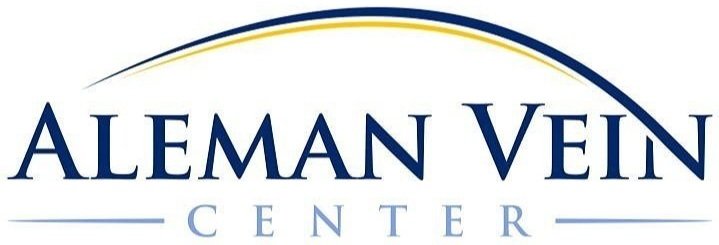What Are Conservative Treatment Options for Varicose Veins?
Varicose veins and venous insufficiency can cause symptoms such as leg aching, leg pain, cramps, throbbing, and leg swelling. These symptoms typically improve with vein treatments such as vein ablation and ultrasound-guided sclerotherapy. Some insurance companies may require conservative treatment trials prior to treatment and some patients may prefer conservative options.
The conservative treatments are intended to alleviate symptoms without invasive procedures. While they may help with symptoms, they do not make the veins go away.
Some common conservative treatment options for varicose veins include:
1. Compression stockings: Wearing compression stockings can help reduce swelling and discomfort associated with varicose veins. There are different types of of compression stockings from mild to moderate strength over the counter stockings to the stronger “prescription strength” compression stockings. In order to function properly, the stockings should ideally be fitted to your leg size.
2. Exercise: Regular exercise can help improve circulation and strengthen the muscles in the legs, which can reduce the symptoms of varicose veins. Walking activates the calf muscle pump responsible for venous return and may be the ideal exercise for vein problems, but any exercise that keeps your weight in check is a good option.
3. Weight management: Although not required to develop varicose veins and spider veins, being overweight or obese is a risk for developing vein problems and venous insufficiency. Maintaining a healthy weight can help reduce the pressure on the veins in the legs and reduce the risk of developing varicose veins.
4. Elevation: Elevating the legs above the heart several times a day can help improve blood flow and reduce swelling. It is important to note that good elevation requires that the legs be ABOVE the heart so that gravity is able to assist in the return of blood to the heart in the veins. Propping them up while sitting is not as effective as lying on your back with your legs elevated 12-18 inches above your heart.
5. Avoiding long periods of sitting or standing: Prolonged sitting or standing can put pressure on the veins in the legs and increase the risk of varicose veins. Taking frequent breaks to walk or stretch can help improve circulation.
6. Dietary changes: Eating a diet that is high in fiber and low in salt can help improve circulation and reduce swelling.
7. Over the counter medications: Some medications may help to alleviate the discomfort and pain due to varicose veins. Ibuprofen (Motrin, Advil), naproxen (Aleve) or acetaminophen (Tylenol) may be effective. You should speak with your doctor if you have issues with your kidneys or liver prior to taking any of these medications.
Conservative treatment options may not eliminate varicose veins, but they can help alleviate symptoms and slow the progression of the condition. It is important to speak with a vein specialist to determine the best treatment approach for your specific situation.
At Aleman Vein Center, we can help to prescribe a conservative treatment plan for your particular situation, including measurements for proper compression stockings. We are able to discuss when these options are appropriate for you and when there may be better options.

